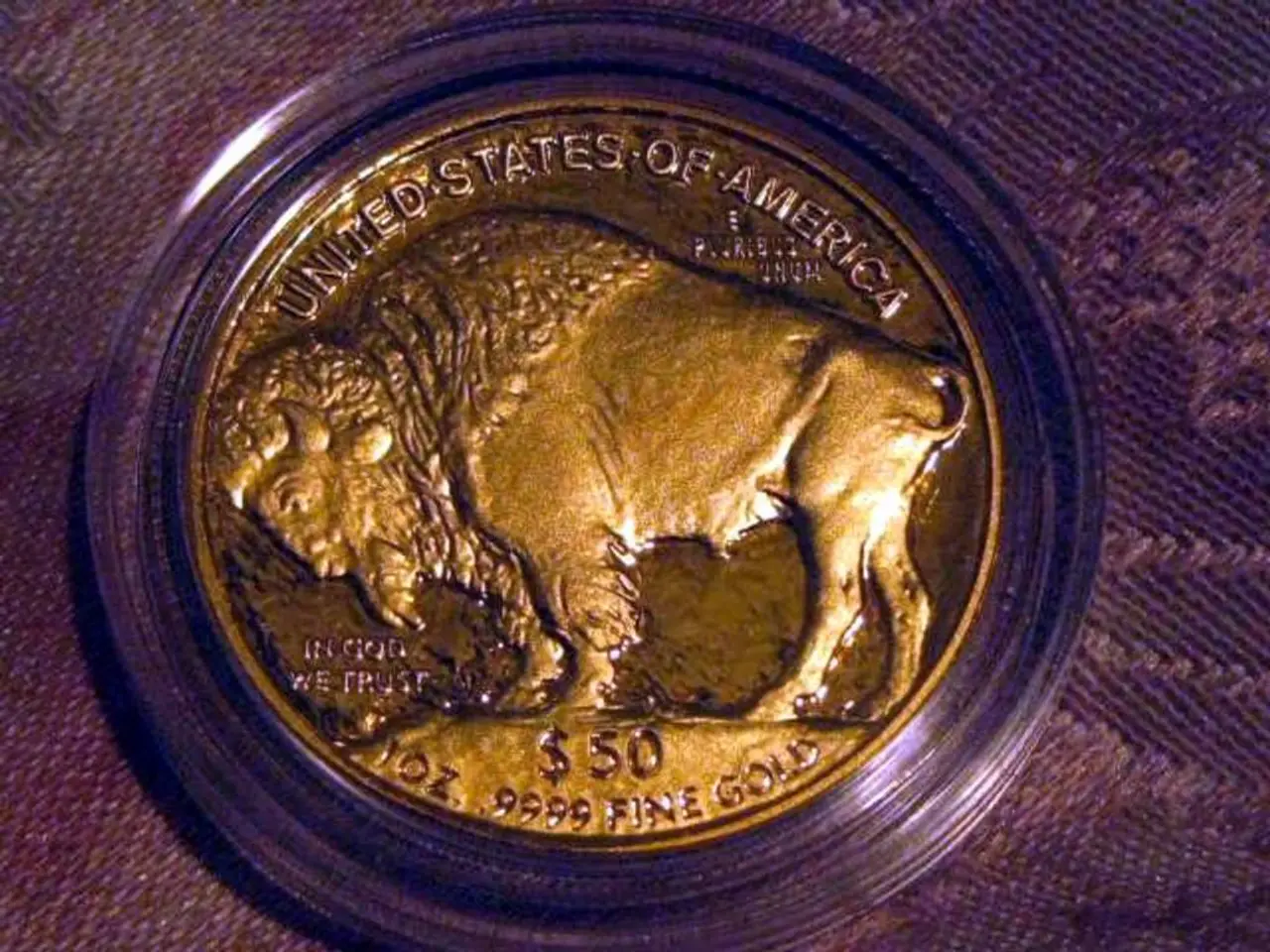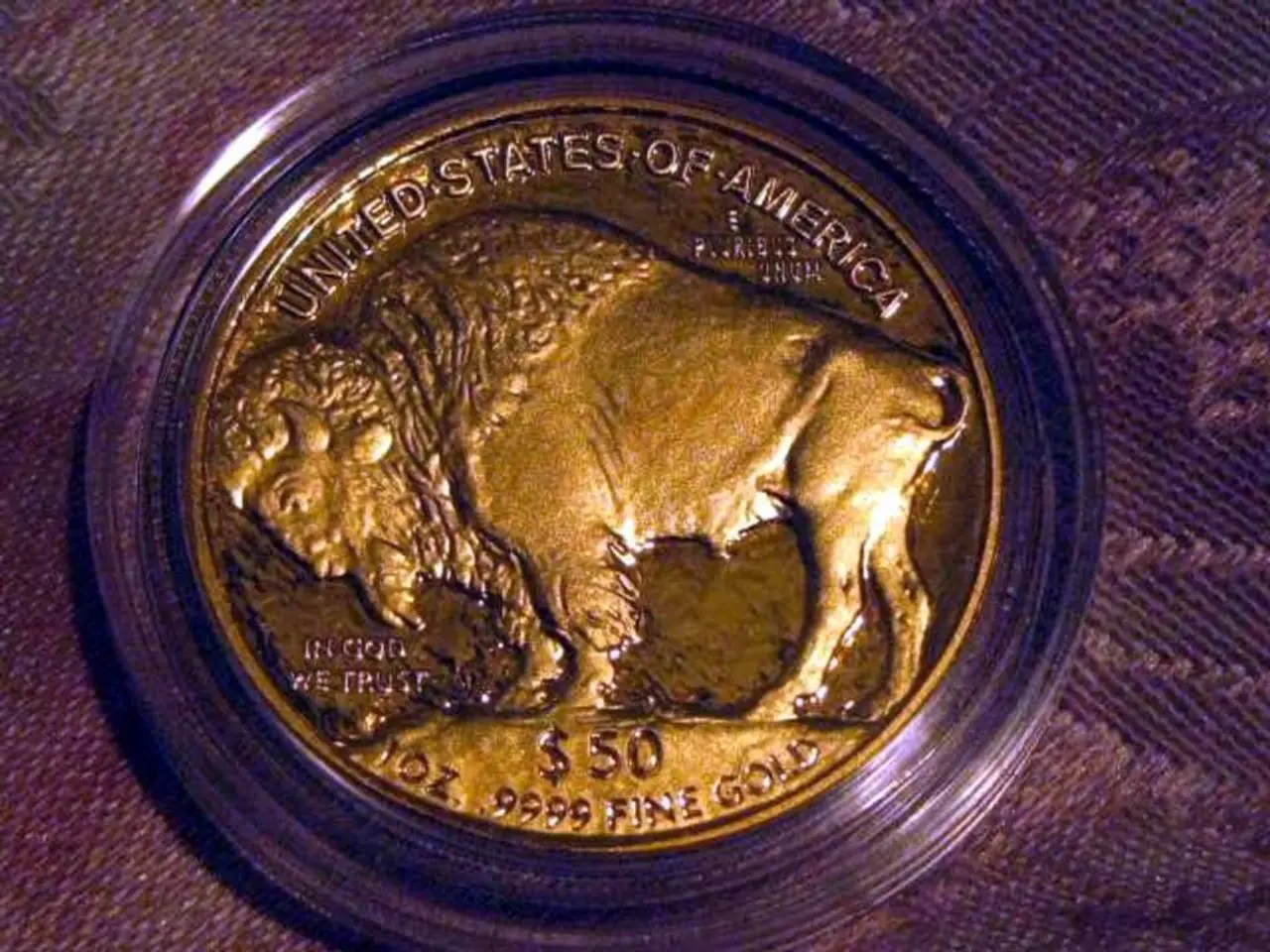United Kingdom Gives Green Light to Carbon Removal Incorporation in Emissions Market Scheme
The United Kingdom's Emissions Trading Scheme (ETS) is set to undergo a significant transformation as it plans to integrate engineered greenhouse gas removals (GGRs) starting in 2029[1][2]. This move aims to support the UK’s net zero targets by enabling sectors that are hard to decarbonize to balance their residual emissions through removals, driving both emissions reduction and carbon removal in a single efficient market[1][2][4].
The phased integration of GGRs into the UK ETS will occur following legislation by 2028, with the ETS cap remaining unchanged so that removals substitute emission allowances without expanding the total emissions permitted[1][2]. Key aspects of this integration include robust permanence and liability requirements for GGR projects, differentiation of allowances in the market, and a long-term vision of a fully balanced emissions and removals market[1][2][3][4].
Initially, only removals taking place in the UK will be eligible for the ETS. The government plans to focus on engineered removals, such as Direct Air Capture (DAC) or bio-energy with carbon capture and storage (BECCS) technologies[1]. While the inclusion of woodland and nature-based removals is still under consideration due to concerns over permanence and market impacts, the government is exploring their potential future inclusion[1][4].
The integration of GGRs will allow companies to use carbon removals to address hard-to-abate emissions to meet their allowances under the industrial GHG emissions reduction system[2]. Removal allowances will only be awarded after carbon sequestration has taken place and been verified[1]. The total number of allowances that can be created under the ETS, or the scheme's "gross cap," will remain the same by replacing emissions allowances with GGR allowances on a one-for-one basis[1].
The UK government's Emissions Trading Scheme Authority has decided to integrate GGRs into its ETS, setting a limit on greenhouse gas (GHG) emissions for key GHG intensive sectors, which decreases over time[3]. Companies that are successful in reducing emissions below the cap limit can sell emissions allowances on the secondary market to other industry participants[3].
The integration of GGRs into the UK ETS has received widespread support from the UK Government, devolved administrations, Climate Change Committee, and various sectors including environmental groups and the carbon markets[4]. The government aims to complete legislation to integrate removals into the ETS by the end of 2028, with the integration to be operational by the end of 2029[1].
The long-term goal of the UK ETS is to become a framework within which businesses make efficient decisions between further decarbonisation or removing residual emissions using GGRs, effectively achieving net zero emissions within the ETS[3]. The consultation response is available for access for those interested in learning more about the details of this integration.
[1] GOV.UK. (2022). UK Emissions Trading Scheme: Consultation response. gov.uk. https://www.gov.uk/government/publications/uk-emissions-trading-scheme-consultation-response/uk-emissions-trading-scheme-consultation-response
[2] Department for Business, Energy & Industrial Strategy. (2021). UK Emissions Trading Scheme: Consultation. gov.uk. https://www.gov.uk/government/consultations/uk-emissions-trading-scheme-2021-consultation
[3] Department for Business, Energy & Industrial Strategy. (2021). UK Emissions Trading Scheme: A Long-Term Vision. gov.uk. https://www.gov.uk/government/publications/uk-emissions-trading-scheme-a-long-term-vision
[4] Department for Business, Energy & Industrial Strategy. (2021). UK Emissions Trading Scheme: Stakeholder Engagement Report. gov.uk. https://www.gov.uk/government/publications/uk-emissions-trading-scheme-stakeholder-engagement-report/uk-emissions-trading-scheme-stakeholder-engagement-report
- The integration of engineered greenhouse gas removals (GGRs) into the United Kingdom's Emissions Trading Scheme (ETS) is supported by various sectors, including the government, environmental groups, and carbon markets, as it aims to drive both emissions reduction and carbon removal in a single efficient market, tackling climate-change and supporting the UK’s net zero targets.
- Science plays a crucial role in this transformation, as the ETS plans to focus on engineered removals, such as Direct Air Capture (DAC) or bio-energy with carbon capture and storage (BECCS) technologies, verifying carbon sequestration, and setting robust permanence and liability requirements for GGR projects.
- To finance these GGR projects and the transformation of the ETS, the government will consider the role of finance in its strategic approach, recognizing that the integration of greenhouse gas removals needs to be aligned with overall energy and climate-change policy, industry standards, and the wider environmental-science industry.




